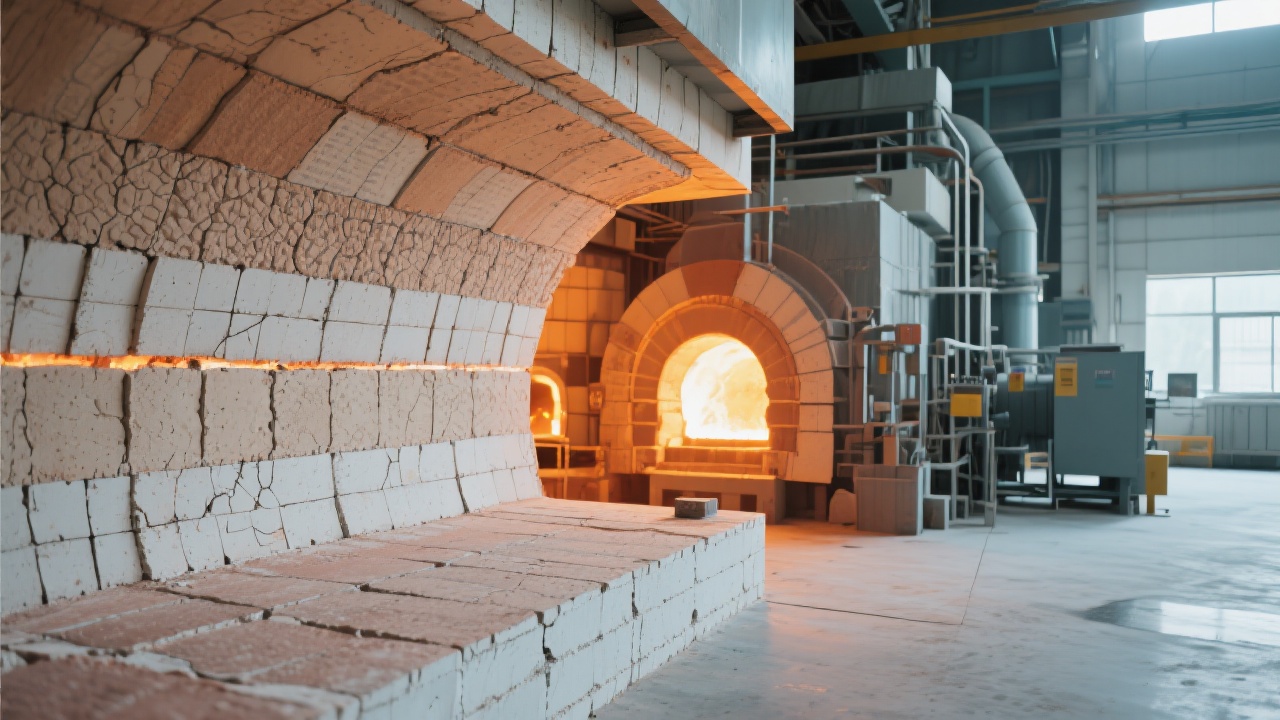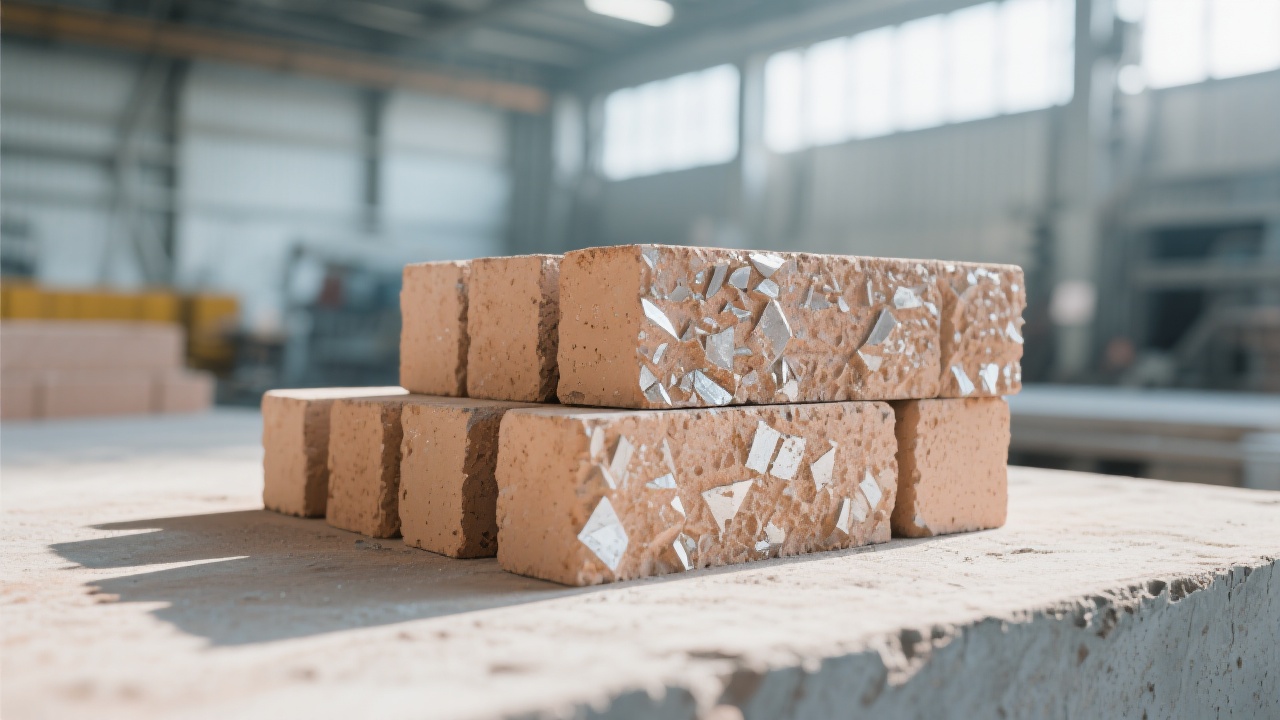
In advanced industrial high-temperature processes ranging from 1000°C to 1300°C, kiln furniture demands materials that excel in durability, thermal shock resistance, and structural stability. Low-density porous cordierite materials have emerged as groundbreaking candidates, offering a compelling combination of lightweight design and superior performance. Their revolutionary microstructure dramatically reduces creep rates while enhancing anti-thermal shock capabilities, thus significantly extending the service life of critical components such as setters, cranks, and support systems.
The inherent porosity in these cordierite materials plays a crucial role in thermal insulation and stress distribution. Laboratory analyses report that their porosity can reach 25–35%, effectively reducing bulk density by up to 30% compared to conventional dense alternatives. This translates into a thermal conductivity reduction exceeding 40%, which minimizes heat loss and enhances furnace energy efficiency.
More significantly, microstructural refinement results in an ultra-low creep rate, measured at approximately 0.002% per 100 hours at 1200°C—an improvement of nearly 50% over traditional dense cordierite kiln furniture. This stability prevents deformation under continuous high-temperature exposure, maintaining dimensional accuracy crucial for process consistency.
In specific industrial operations, components made from these porous cordierite materials have demonstrated exceptional resilience. For example, setters and cranks fabricated with this material remained dimensionally stable after 3,000 hours of thermal cycling between ambient temperature and 1300°C, exhibiting less than 0.1% shrinkage.
| Component | Traditional Cordierite | Low-Density Porous Cordierite | Improvement |
|---|---|---|---|
| Bulk Density (g/cm³) | 2.30 | 1.60 | -30% |
| Thermal Conductivity (W/m·K) | 2.2 | 1.3 | -41% |
| Creep Rate (% per 100h at 1200°C) | 0.004 | 0.002 | -50% |
| Thermal Shock Resistance (Cycles to Failure) | 25 | 45 | +80% |
These improvements concretely translate into extended uptime and reduced frequency of kiln shutdowns for repairs. Industrial users report a 25% reduction in unplanned maintenance costs after switching to low-density porous cordierite kiln furniture, effectively increasing operational efficiency.

Current R&D trends emphasize composite modifications that integrate nano-reinforcements, such as silicon carbide whiskers, to further boost mechanical strength without compromising porosity. Additionally, novel forming techniques like gel casting and 3D printing enable precise control over pore architecture, enhancing repeatability and customization for diverse kiln geometries.
This research trajectory points toward next-generation kiln furniture that supports continuous production with minimal thermal degradation, dramatically extending lifecycle costs savings. Manufacturers investing in such technologies will gain a competitive advantage by delivering consistent, high-quality thermal processing outcomes.

For process engineers and procurement decision-makers, embracing low-density porous cordierite equates to investing in reliability and cost-efficiency. Through verified industrial case studies, these materials have proven to support uninterrupted kiln operation by withstanding complex thermal cycles without dimensional compromise or premature wear.
The strategic selection of such advanced materials empowers companies to optimize workflow, reduce downtime, and hallmark their product quality under the most demanding thermal environments.

Make Your Kiln Systems More Durable and Hassle-Free — Explore Advanced Low-Density Porous Cordierite Solutions Today

